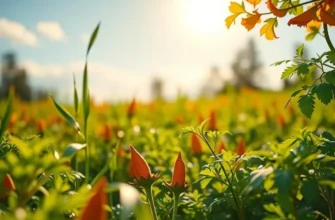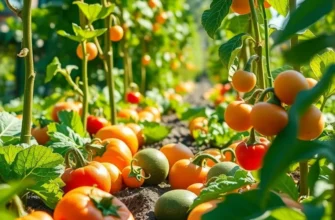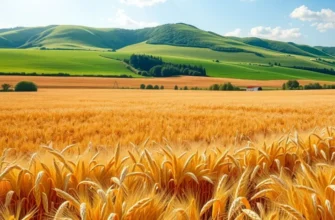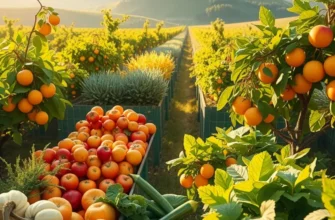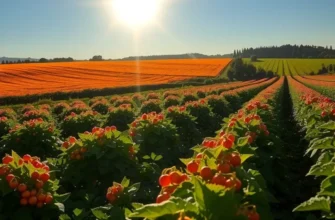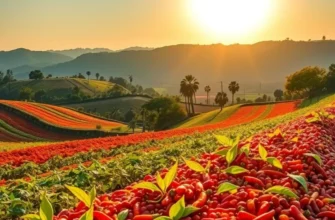Chocolate, with its myriad forms and flavors, has a deep historical significance dating back thousands of years. From its origins as a ceremonial drink in ancient civilizations to its current status as a beloved global treat, chocolate transcends borders and cultures. This exploration invites food enthusiasts and culturally-curious readers to delve into its fascinating past, examining how this simple bean became one of the world’s most cherished delights.
From Bean to Beverage: The Ancient Roots of Chocolate
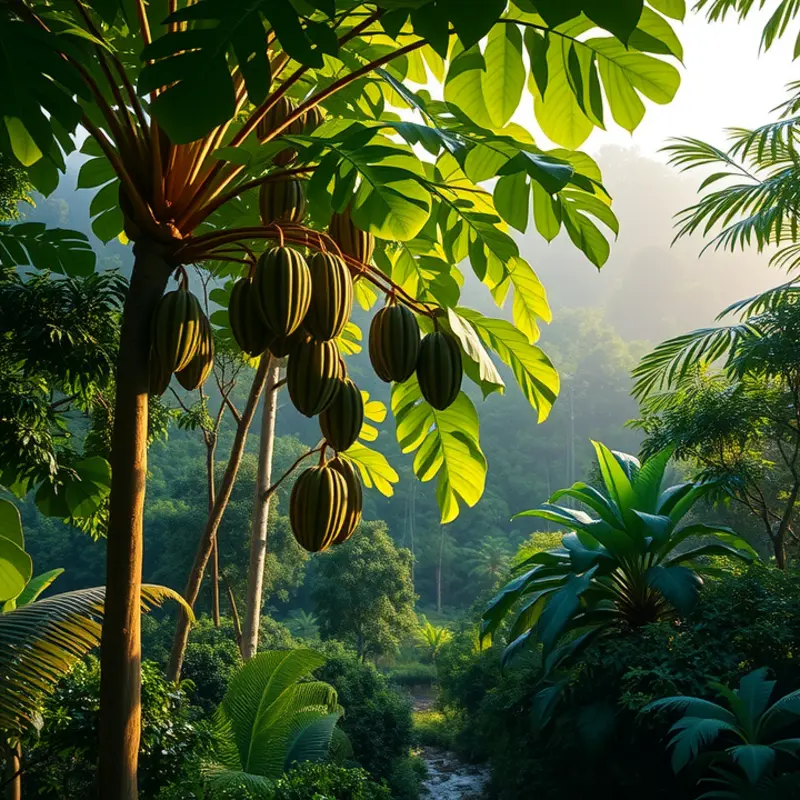
The origins of chocolate trace back to the lush rainforests of ancient Mesoamerica, where the first civilization to recognize the potential of cacao was the Olmecs around 1500 BCE. This enigmatic society revered the cacao plant not just for its culinary uses but for its perceived sacred properties. Although the exact details of their usage remain a mystery, it’s believed they laid the groundwork for the cultural significance cacao would hold for future civilizations.
The Maya inherited this chocolate tradition, elevating it to unparalleled heights in their own society. The cacao bean was prized not only as a consumable but as a currency, integral to trade and commerce. This small, oblong bean became a symbol of wealth and power. Mayan rituals often included offerings of cacao to deities, where it featured in ceremonies, celebrations, and even funerary rites. One notable preparation was the creation of a frothy beverage called xocolatl, which combined toasted cacao beans, water, chili peppers, and spices. This drink was far removed from the sweetened chocolate we’re familiar with today, possessing a decidedly bitter and spicy profile.
Building upon their predecessors, the Aztecs adapted and further embraced cacao’s dual role as both a luxury drink and a form of money. Emperor Moctezuma II was famously known to consume vast quantities of xocolatl daily, believing it to confer divine wisdom and energy. For the Aztecs, cacao was a divine gift, and the consumption of this sacred beverage was often limited to the elite, warriors, and priests.
The meticulous preparation of xocolatl involved grinding roasted cacao beans into a paste, which was then mixed with water, chili, vanilla, and sometimes cornmeal. The resulting concoction was repeatedly poured from one vessel to another to create a foamy layer on top, considered the most prized part of the drink. This ancient method spotlighted the cultural and social importance of cacao and reinforced its status as a revered commodity.
Cacao’s journey from the Americas to Europe unfolded in the wake of European exploration. It was during the 16th century that Spanish conquistadors encountered the chocolate beverage in the Aztec court and were intrigued by its unique flavor and cultural significance. Transported back to Spain, cacao initially maintained its status as an exotic luxury, often reserved for aristocrats and royalty. It wasn’t long before sugar was added to counter xocolatl‘s natural bitterness, leading to the evolution of chocolate as a sweetened beverage, eventually spreading across European palates.
This historical transformation from a traditional Mesoamerican concoction to a global indulgence underscores the interplay between culture and commerce. The cacao bean’s narrative reflects broader themes of culinary exchange and adaptation, demonstrating how food traditions can traverse continents and evolve through the interplay of different cultural influences. To explore similar transformations in culinary history, visit culinary influences through trade.
Through this journey, chocolate has transformed from a sacred ritual offering into a ubiquitous element of daily life and culinary creativity. Its ancient roots remain an indelible part of its story, an emblem of cultural heritage that continues to enchant and delight across the globe.
Chocolates of the World: Cultural Variations and Innovations
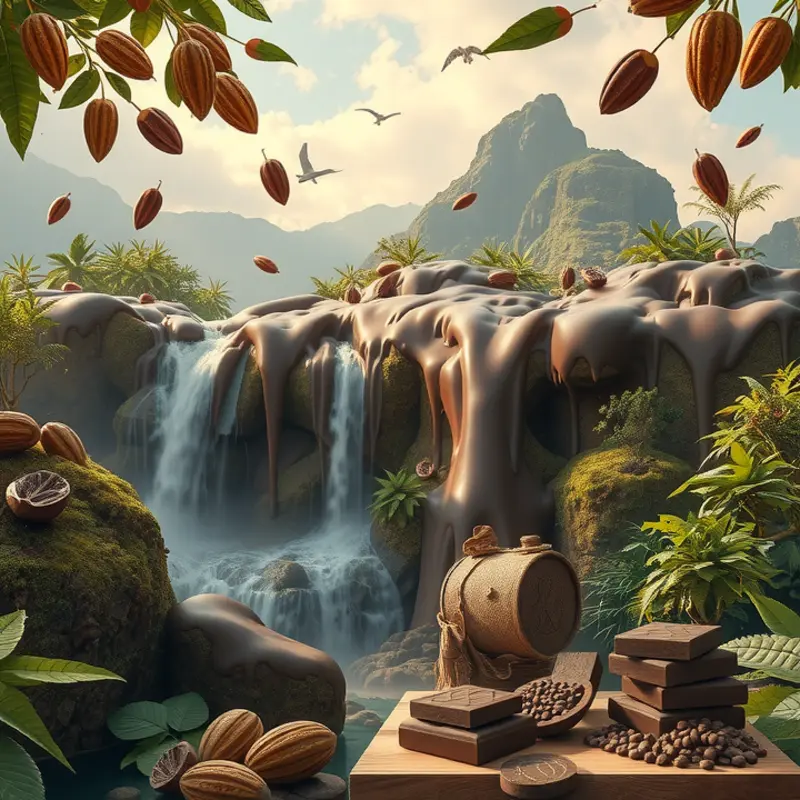
Chocolate’s transformative journey from its cacao origins to a global culinary staple is nothing short of astounding. Each culture adds its unique imprint, resulting in a dazzling array of confections that reflect local tastes and traditions.
In Switzerland, chocolate is synonymous with luxurious, smooth bars that melt in your mouth. Swiss chocolatiers perfected the conching process, ensuring a silky texture that sets their chocolate apart. Every bite is a tribute to the precise craftsmanship and high-quality ingredients.
France, on the other hand, is celebrated for its refined truffles and ganaches. Here, chocolate becomes an art form, often paired with complementary flavors like lavender or cognac. French pastry chefs experiment with texture and taste, creating delicacies where chocolate is both the canvas and the masterpiece.
Turning our gaze to Mexico, chocolate’s birthplace, we find a deeply ingrained culinary heritage. The Mesoamericans were the first to cultivate cacao, crafting it into a spiced drink rather than the solid treats we know today. Mole sauce, a testament to this rich history, combines chocolate with an array of spices and chilies to create a complex, savory dish that often accompanies celebratory meals.
Italy introduces us to gianduja, a luscious blend of chocolate and hazelnut paste. This confection mirrors Italian amore for nuts, seamlessly weaving them into their desserts. Gianduja serves not just as a sweet treat but as a cultural reflection of Italian indulgence and innovation.
Across the ocean, in Japan, chocolate takes on a playful twist. Japanese confectioners infuse chocolate with matcha, sake, and even soy sauce, creating unexpected flavors that challenge traditional boundaries. These innovations are more than culinary feats; they represent Japan’s forward-thinking approach to flavors.
In Ghana and Ivory Coast, the world’s leading cacao producers, chocolate production supports the local economy and traditions. These countries are now seeing a rise in artisanal chocolatiers who emphasize farm-to-bar processes. This movement not only celebrates the origins of the cacao beans but also champions sustainable and ethical production.
Across this vast landscape, chocolate is more than a mere indulgence; it plays an integral role in local cuisines and customs. Whether as a treat during festival celebrations in Belgium or a thoughtful gift during Lunar New Year in China, chocolate holds a place of honor.
For many cultures, it serves as a bridge between traditional and modern culinary practices, evolving constantly yet retaining its core essence. As artisans and chefs continue to experiment, they push boundaries, exploring uncharted flavor combinations and presentation styles. This global creativity fosters a shared culinary dialogue, allowing chocolate to unite diverse traditions through common appreciation.
For more on how global cuisines intertwine through trade and ingredients, you might find this culinary influences article intriguing.
Final words
Chocolate’s journey from a sacred drink to a global culinary staple reveals much about our shared human experience. It exemplifies how a single ingredient can adapt, inspire, and unite cultures worldwide. As chocolate continues to evolve, it invites us to explore both its rich history and its promising future. Embracing chocolate in all its forms allows us to celebrate not only the flavor but also the stories, traditions, and innovations that it embodies. Understanding this journey enriches our appreciation and connection to one of the world’s most beloved indulgences.


